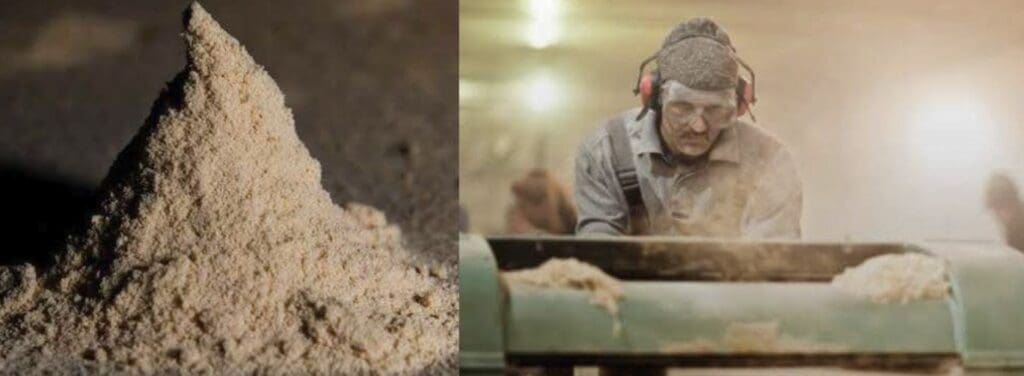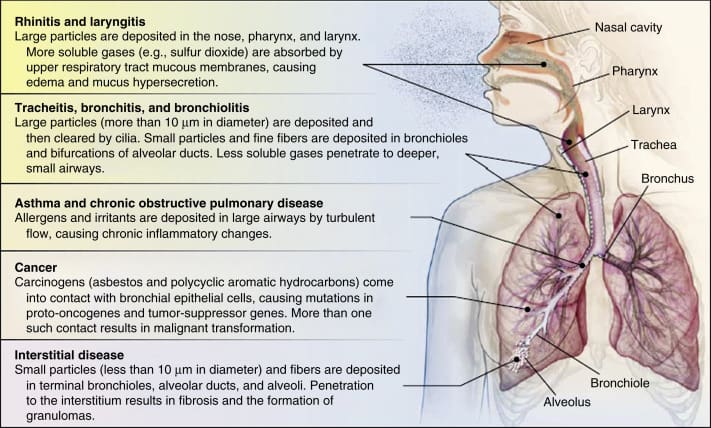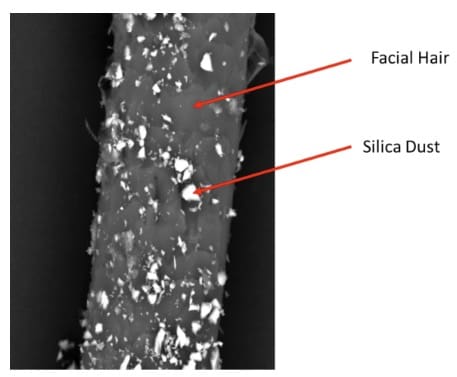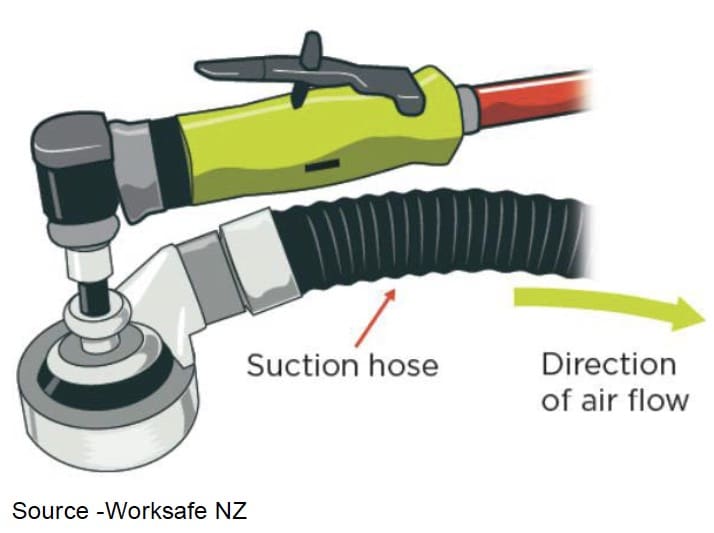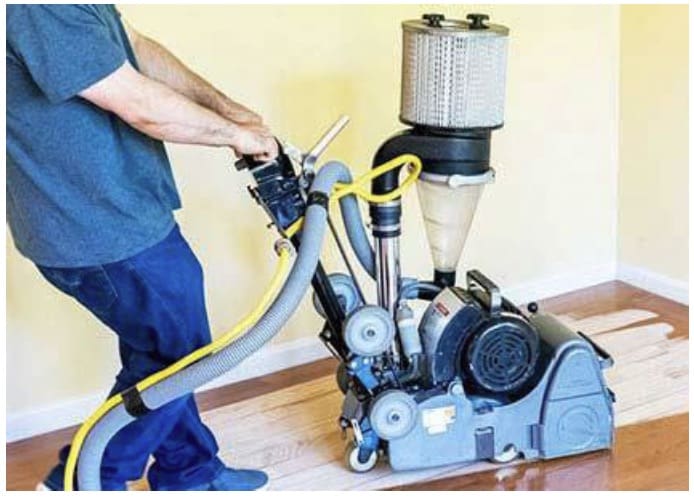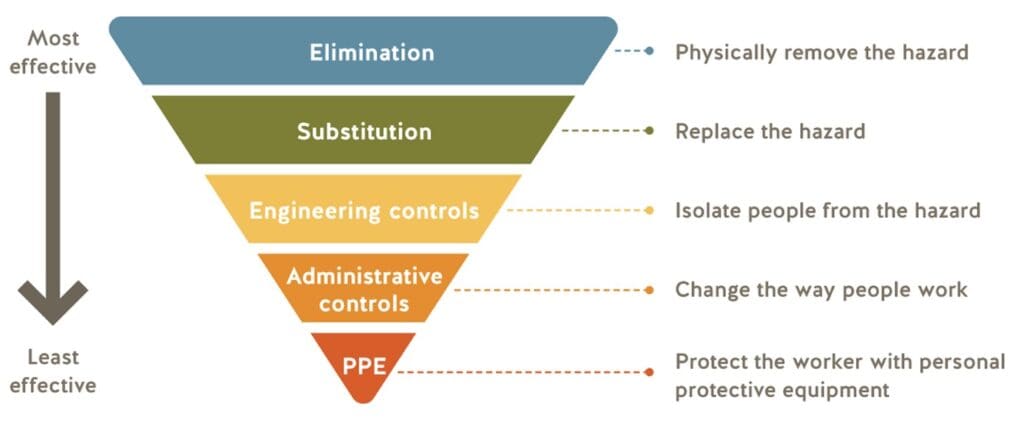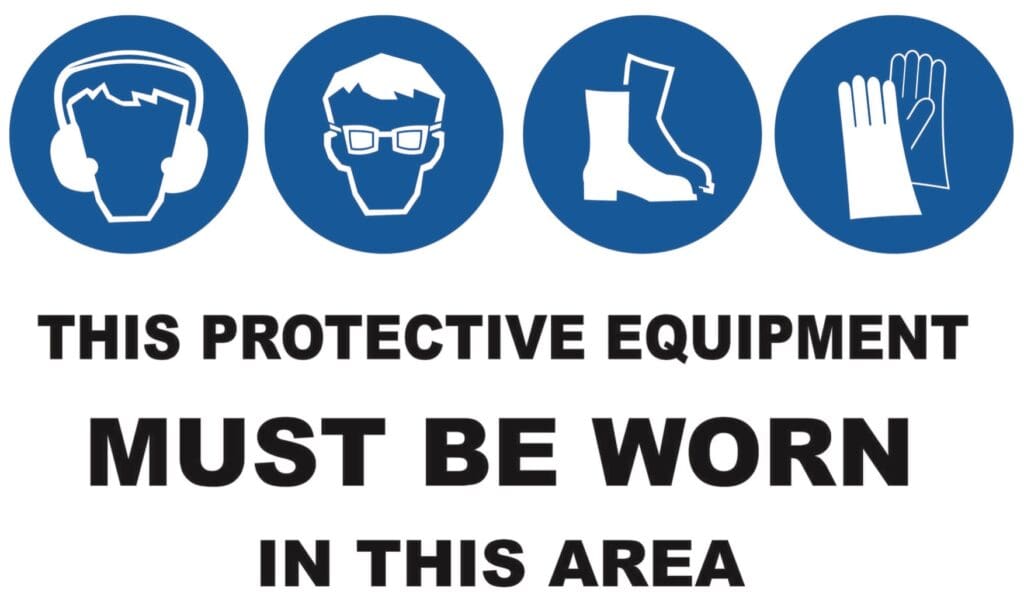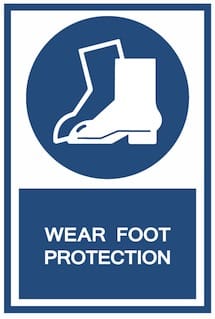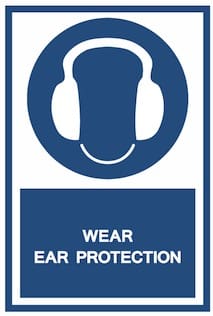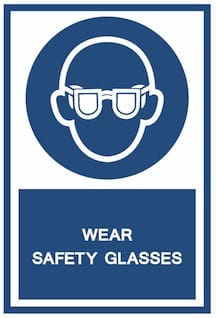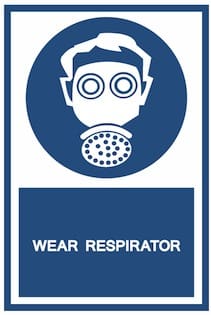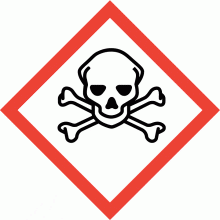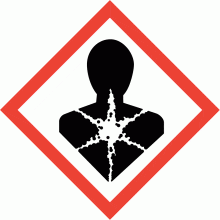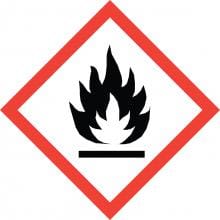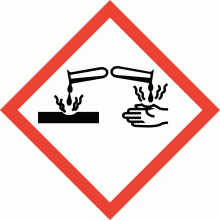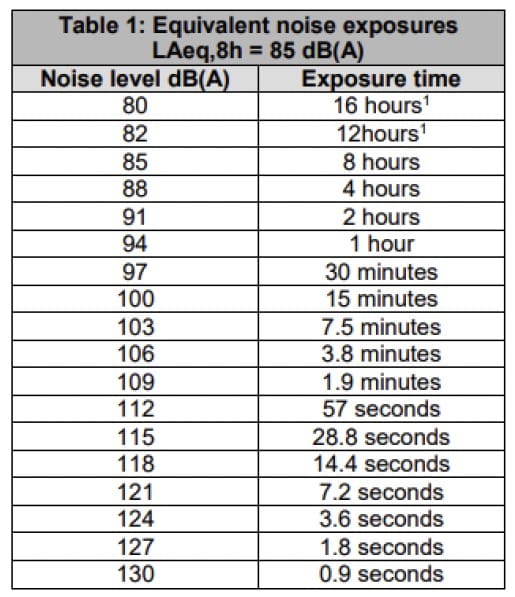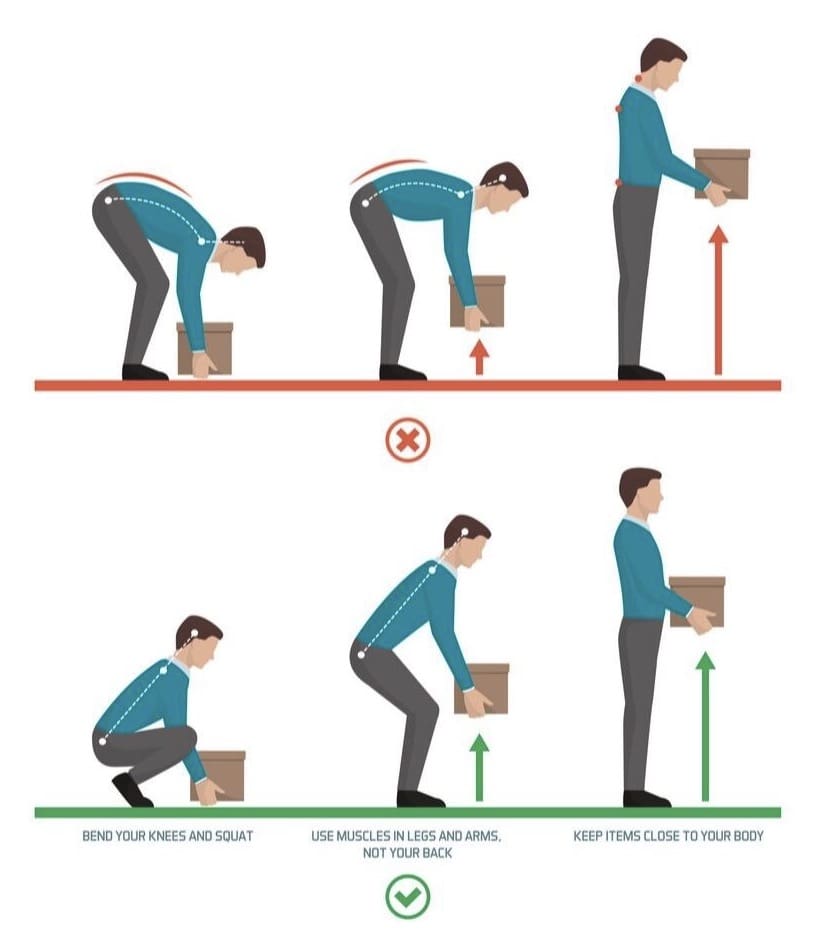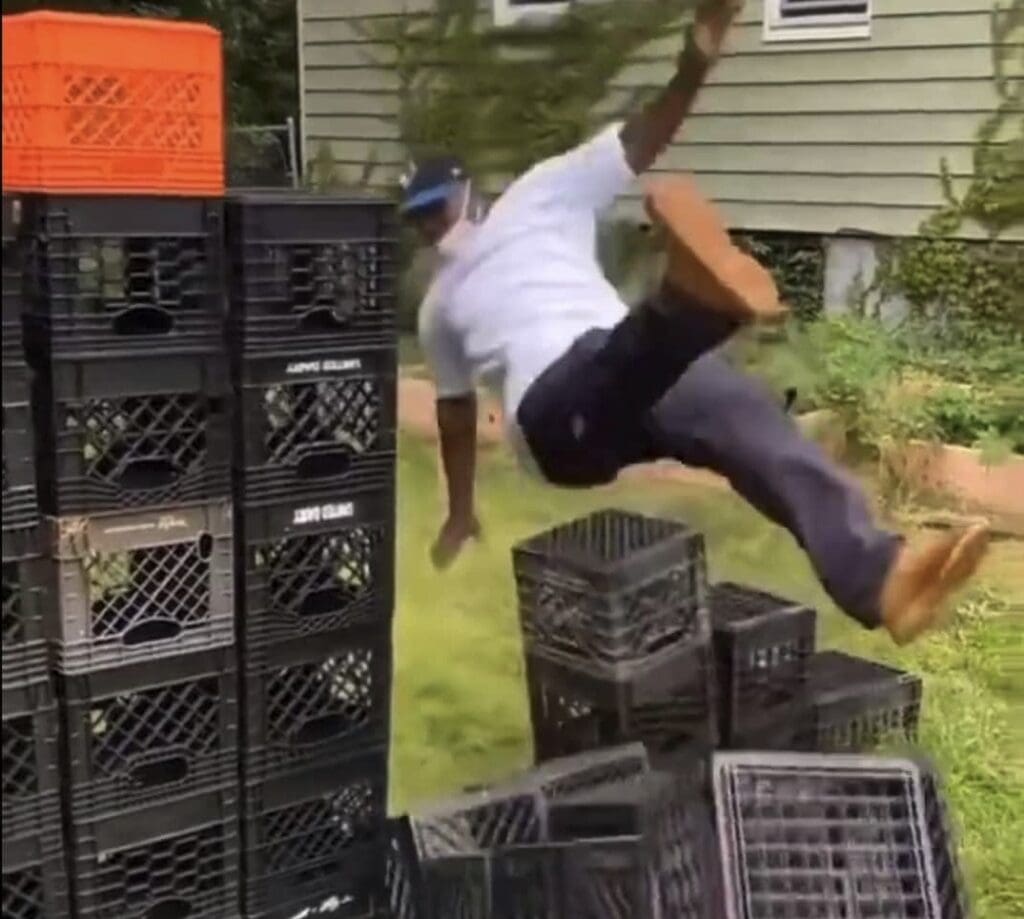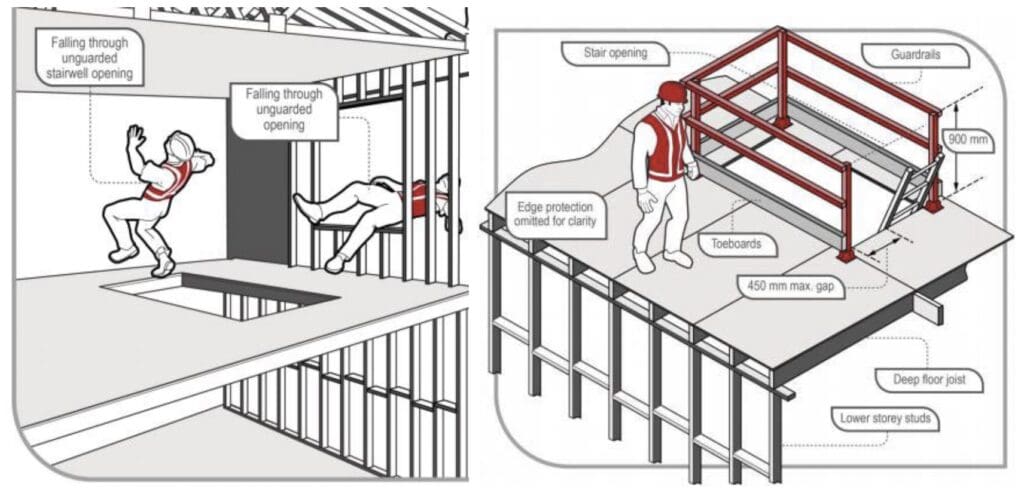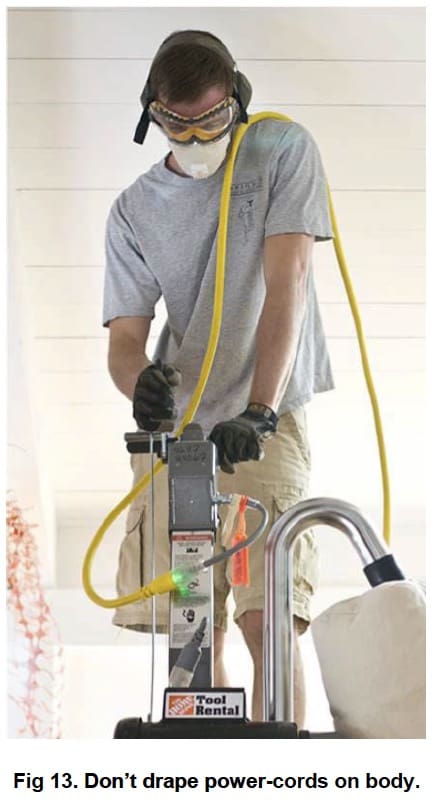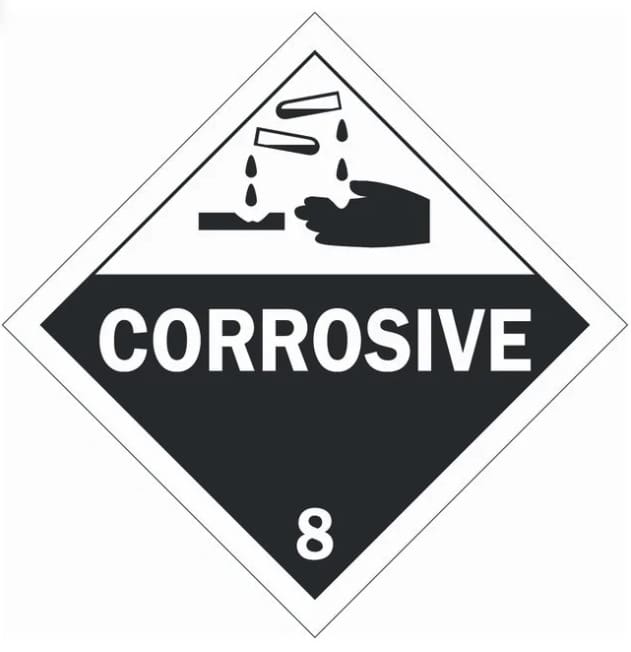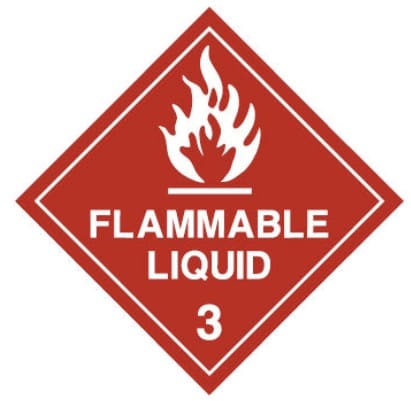Effective equipment guarding is an essential but sometimes controversial matter amongst workers who may claim that guarding interferes with the task at hand. Tools such as grinders, sanders, saws etc. are supplied with guards with the expectation that they will be fitted and used so as to prevent harm.
Legislation is very clear and the consequences of not following appropriate practices are severe (Qld, NSW, Act, Tas, SA, NT, Vic, WA & NZ. Regulators will reference AS/NZS 4024 Safety of
Machinery Standards, when in doubt.
You will be seen as neglecting your duty of care by the Regulator should you knowingly allow members of your team to de-activate / remove safety guards / switches or controls.
You must ensure that your workers are trained in the safe use of equipment. Employers need to be able to verify and record the training provided. Once that training is completed, as an employer you need to monitor and ensure that the person trained is following the instructions and guidance that was provided in that training.
The risk associated with electrically operated power tools needs to be assessed such as battery operated tools may be substituted as safer alternatives. Where mains power is required, ensure power tools are always run through Residual Current Devices (RCDs). The trip switch on RCDs should be tested daily and RCDs and other appliances and leads tested and tagged every 3 months.
5. Manual handling
Manual handling is likely to be one of the most common exposures to harm that your workers will face.
Running countless training sessions on manual handling, the one question always asked is:
“when was the last time you watched a 2-year-old child lift something?”
If you can recall, they’ll have lifted the same way as the image (below). By the time they are five, as parents we will have taught them to bend at the waist not as they did when they were two. Correct posture and movement when lifting is essential, as shown below. While correct technique is important, some things are too heavy for one person to lift, if in doubt or straining seek assistance.
There are a few common links between muscular skeletal injuries and your work activities of which you and your employees need to be aware. Athletes are more susceptible to injury when they are fatigued, and the same applies to physical work. Drinking energy drinks and the likes of coffee and cola dehydrate your body, so the habit of having a few energy drinks before you start work is actually exposing you to a greater likelihood of an
injury – though something is better than nothing. Water is undoubtedly one of the greatest drinks to re-hydrate your body.
Your back muscles are amongst the hardest to hydrate, your discs even harder. When you couple working on a hot day and drinking energy drinks, you are exposing yourself to the risk of severe injury with the most susceptible area likely to be your back.
Carrying out repetitive actions also won’t do you any favours, so ensure you and your team take adequate breaks, drink plenty of water and get good sleep.



